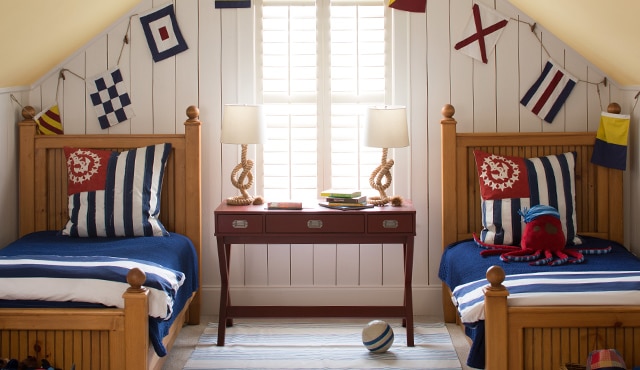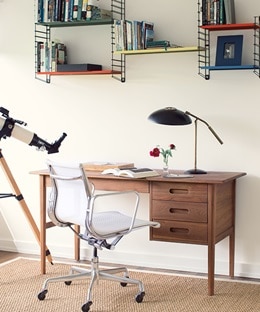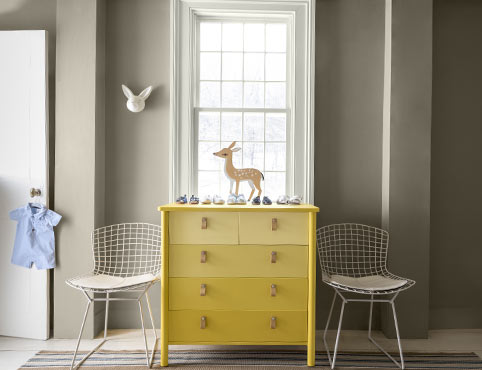How To Refinish Wood Furniture
Refinish wooden tables, bookcases, a staircase and other furniture for a fresh, new look using our step-by-step guide. Repainting only? Check out How to Paint Indoor Furniture.

1. Clean the Furniture
Use a gentle grease remover to clear away any dirt, grime or other contaminants, then rinse the furniture with a damp sponge or rag to wipe off any cleaner residue. Dry the furniture with a towel, and let any remaining dampness air-dry.
2. Examine the Furniture
Old furniture may need some repairs. Take a close look at the piece and evaluate it. Deep gouges, scratches or nail holes may need to be filled with epoxy putty or filling compound, and then sanded down to be flush with the surrounding wood. If a table is wobbly, its legs may need to be reglued or its screws tightened.3. Remove the Old Finish
You may skip this step if your furniture is bare wood. Otherwise, use coarse sandpaper (approximately 120 grit) to remove the existing finish and/or paint from the piece. If you like the stain beneath the existing finish and want to keep it, continue to step 5.
If you plan on restaining your furniture, you’ll need to continue sanding to remove the existing stain. Use medium sandpaper (approximately 150 grit), followed by fine sandpaper (approximately 220 grit), to complete the sanding process. Always sand in the direction of the grain.
Don’t sand with a grit higher than 320. Sanding wood too smoothly will reduce its ability to retain stain.
After sanding, remove all remaining dust from the furniture with a tack cloth.
If you are struggling with the sanding process, or refinishing a brand-new piece, you may want to use chemical strippers instead of, or in addition to, sandpaper. Consult a painting professional before doing this, as chemical strippers will require ventilation, eye protection and a higher level of expertise.
Sandpaper Tip
Sandpaper has a “grit strength,” typically ranging from 24 to 1,000. Lower grit values indicate coarser sandpaper, and higher ones are finer. For the purposes of refinishing wood furniture, you’ll be working with grit strengths ranging from about 120 to 320. Don’t sand with a grit higher than 320, which can reduce the wood’s ability to retain stain.4. Stain the Furniture
Wear gloves when applying stain to avoid getting it on your hands. Stain takes on the tone of the wood beneath it, so test your stain on an inconspicuous part of the wood to make sure you like the results. If you are happy with the way the stain looks on your stain test, you’re ready to apply a coat of stain to the furniture.To apply the stain, use any tool that holds stain and lets you evenly apply it to the wood, such as a paintbrush, foam brush or rag. Wipe off any excess stain before it dries, and let your stained furniture dry overnight. Apply a second coat if you want a darker shade.

5. Apply the Finish
Apply your finish coat with a paintbrush, allow it to dry, and apply a second layer if necessary. We recommend Stays Clear® products, all of which can be tinted to many decorative shades, and are available in Flat, High Gloss and Low Lustre.Wood furniture can last for many lifetimes, and the ability to refinish it can keep it looking new for decades.





